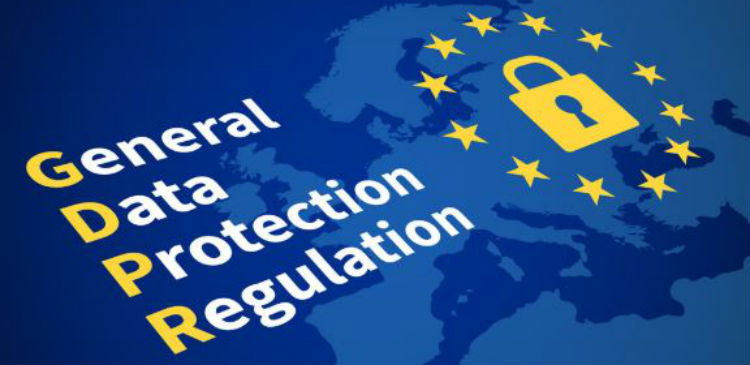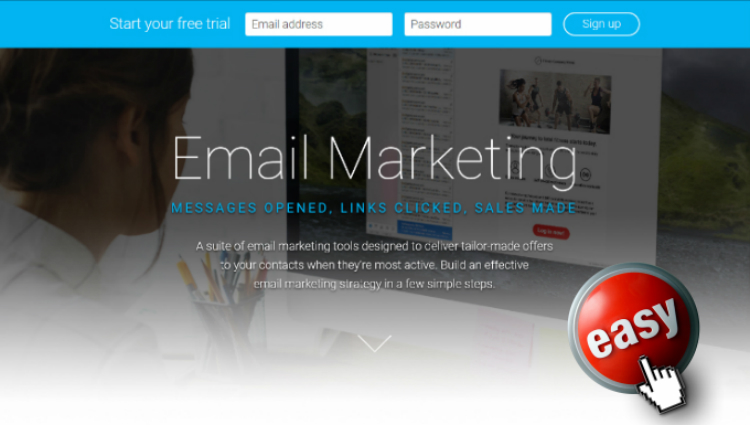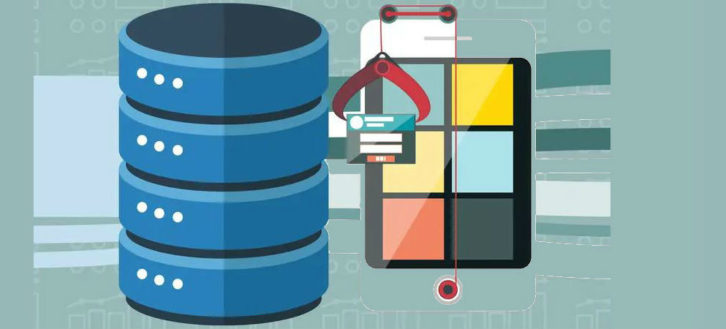Effective marketing cannot run without data, when used as a marketing tool it helps businesses understand customer behavior to then gain, retain, and ensure customers are satisfied.
Data is broken down into three types, but the most commonly used is first party and third party. First party is the data obtained directly from the consumer by you. Third party data in comparison, is a purchased set of data accumulated over time and from a variety of sources. Second party data is first party data obtained from another source but purchased directly in order to offer a complimentary service or opportunity to the source of the data.
The predicament arises when examining third party data risks and rewards. Sure, third party data allows the enhancement of media buys, look-alike modeling, and an opportunity to extend the audience but the risks are great and new legislation may prove third party data obsolete.

Some of the concerns with third party data are:
Low accuracy and no transparency: third-party data is a compilation of information from different sources and data sets. As the purchaser of this data you are not privy to how or sometimes even who collected the data. This means the data can be just wrong and or outdated so essentially useless in the fast paced world of marketing. Also, it must be kept in mind that the data purchased does not constitute an exclusive contract so there is no way of telling if you aren’t targeting the same audiences as a competitor.
Privacy concerns are also a major issue. New plugins and apps allow users to not only block ads but they are now able to see who is collecting this data and then block that company from collecting any of their personal information. Noting a shift in the balance of power in the discussion of data collection.
Additionally, the changes in General Data Protection Regulation (GDPR) have brought into question what will happen to third party data. There is a major shift in privacy protection in the favor of the internet user. GDPR requires companies to inform consumers how their data is being collected, how it will be used, and whom they will share it. This change is leaving the future of third party data very uncertain.

First party data provides a better customer service experience: since first party data is obtained with a consumer that has a direct relationship with the brand either as a customer or potential customer the data then has greater accuracy and relevancy. According to a report published by Signal customers had substantially better experience in many areas
Additionally first-party data is much more privacy friendly than any other source. It is the gold mine for marketers because consumers are more likely to give you data if they understand how it is going to be used such as customizing content, thus gaining confidence from any consumer.
With this information in mind how can it be utilized in the most effective and practical way? We will exam three different methods:
Personalized automation email marketing: As a small boutique owner, for example, without using first-party data you may base your email marketing campaigns for just new arrivals to reach out to your consumers. However, if as an owner you marketed your business with the use of first-party data coupled with tools such as Customer Data Platform you would be able to hone your email notifications because you would know Customer A is only interested in childrens clothing, but Customer B is looking for shoes thus presenting opportunities for a more personalized and effective marketing method.

Personalized Onsite Service: Many marketers need to personalize areas of their websites to identify specific niche groups to cater to. Without the use of first-party data this is essentially impossible. This is where with the proper web analytics a website dedicated to providing worksheets and activities for teachers could identify grade level and subject so that relevant content was personalized in customer contact. The knowledge of Ms.Smith who downloaded 2nd grade activities could receive messages asking her to review the products and then suggesting additional resources. It provides the sense that you know your customer on an individual basis, which is a more effective method.
Dynamic contact: first-party data allows a marketer to see the specific foreseeable needs of their consumers and provide messages tailored to a foreseeable need. If a customer has booked a flight to LA, a hotel company could customize ads that focused on their locations in the surrounding area as opposed to just a generic company image.
With the above examples of how first-party data is not only a more effective marketing tool but also having a full grasp on the predicament that third-party data usage presents, We hope it will enlighten your marketing plan and provide some change that benefits you.


